Curious Questions: Why was John Nash, London's most celebrated architect, despised in his own lifetime — and for decades afterwards?
John Nash is the man responsible for London's most beautiful buildings — yet he was once as reviled as he is now revered. Carla Passino retraces his life to see how his star rose, fell and rose again.

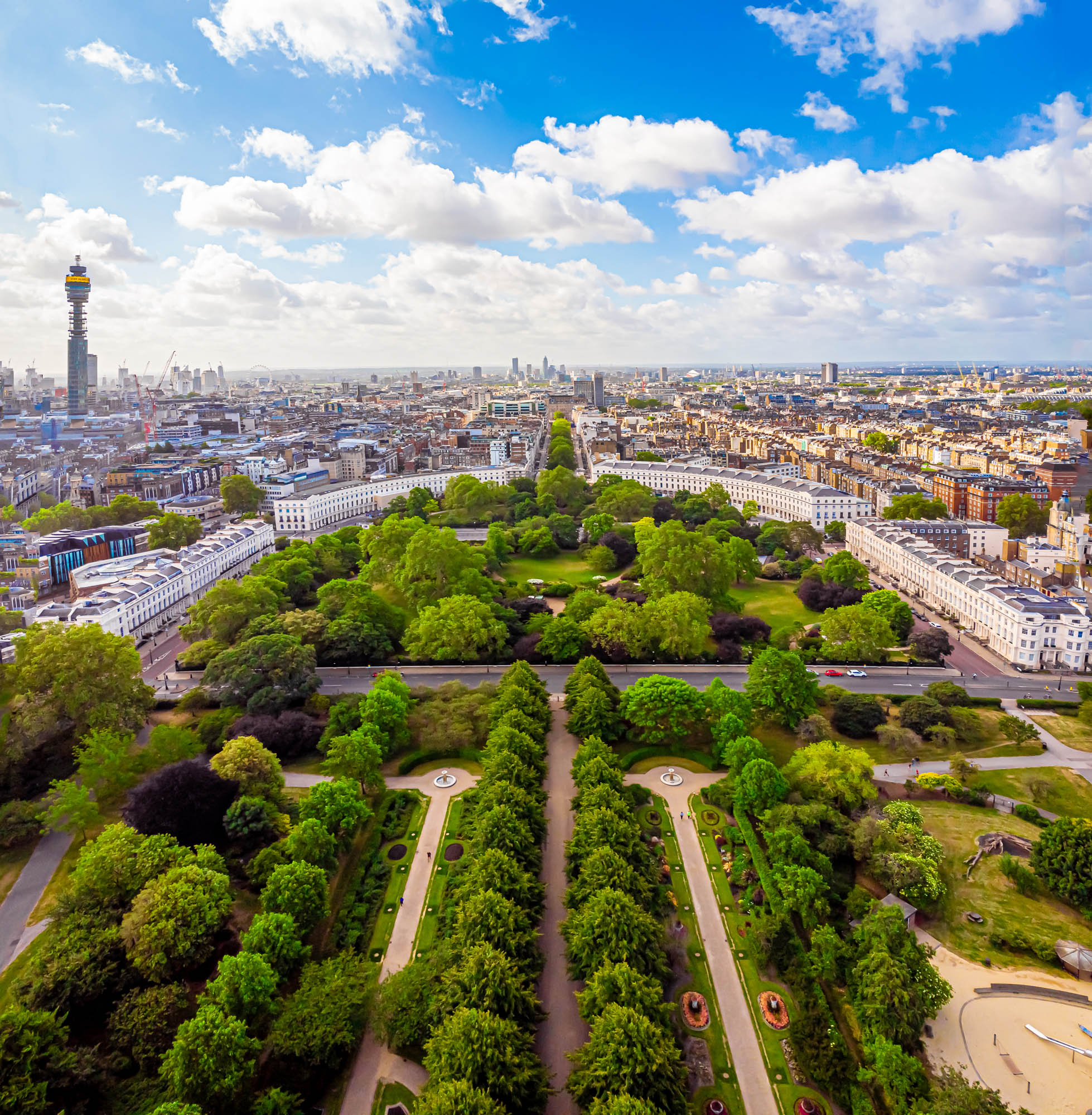
He was made for triumph, acclamation and a life as gilded as the garlands that frame the Royal Alcove he designed in Buckingham Palace’s Throne Room. Instead, John Nash — the man who turned the drudgery of mere Buckingham House into the splendour of a palace, the man who gave the country its triumphal Marble Arch, the man that had London ‘eclipse [Napoleon’s] Paris’ — was nearly obliterated by his political affiliations, a penchant for overspending and a difficult personality that made him the Marmite of his times.
A ‘wild, irregular youth’ by his own admission, Nash had a disastrous start to adult life. In 1775, at 23, he had married Jane Elizabeth Kerr, the daughter of a Surrey surgeon, who soon revealed herself to be as liberal with her graces as she was with his money. As his marriage imploded, Nash’s business took a hit: the houses he had developed in Bloomsbury failed to sell and he was declared bankrupt.
But the man with the ‘face of a monkey’, as diarist Harriet Arbuthnot brutally described him, had the resilience of a phoenix.
"Soon, everyone was knocking at his door and he scattered his stucco from Herne Hill to Surbiton"
Cutting his losses, he moved to Carmarthen, where he kept ‘the best company of Bon Vivants’, hunted ‘with the most desperate sportsmen’ (according to architect William Porden) and set up an architectural practice that soon proved successful.
After entering a partnership with landscape designer Humphry Repton, with whom he later fell out over financial matters, Nash returned to London in the dying years of the 18th century. Soon, everyone was knocking at his door and he scattered his stucco, domes and ecumenical embrace of different architectural styles everywhere from Herne Hill (the long-demolished Casino House, 1797) to Surbiton (Southborough House, 1808) via Haymarket, where, drawing on his past as occasional actor and patron of Swansea Theatre, he would remodel the Royal Opera House and, in 1821, rebuild the Haymarket Theatre into a Corinthian-columned temple to drama. By then, he had long counted George IV as his main client, ever since the days when the King had only been the Prince Regent.

Perhaps it was Nash’s enthusiasm, his instinct for the Picturesque or his flair for the theatrical — as evident at Buckingham Palace as in his performing-arts venues — that appealed to a prince with a taste for extravagance and ostentation. They made an odd couple, the self-confessed ‘thick, squat, dwarf’ architect and the tall, fashionable Regent, but, together, they transformed the centre of London.
First, in 1812, came Regent’s Park and the ground-breaking plan to create a villa-studded Arcadia of lakes and canals surrounded by a sweep of stuccoed terraces; then, from 1813, Regent Street. Much more than a mere road, this was to be Nash’s legacy, a celebration of Britain’s place in the world, a masterpiece of urban architecture linking the new Park to the Regent’s Carlton House in a processional route that cut through the heart of London — the capital’s own Champs-Élysées.
Exquisite houses, the beauty of Nature, and how to get the most from your life, straight to your inbox.
"He was reprimanded for ‘inexcusable irregularity and great negligence"
Swampy land, uncooperative homeowners and budget concerns forced Nash to add some turns, but a few kinks on the road were mere trifles for a man who had rebuilt his life. He worked them into his scheme as decorative flourishes — most notably in the colonnaded Quadrant, the central portion of Regent Street, which he built at his own expense to house ‘shops appropriated to articles of fashion and taste’ (an early consumerist, he also designed London’s first shopping arcade near the Royal Opera House).
Little more than his vision survives today, after much of Regent Street was ruthlessly demolished between the mid 19th and early 20th centuries. However, another twist in Nash’s ‘Royal Mile’, the Church of All Souls, in Langham Place, remains almost intact (despite a Second World War landmine), its rotunda and slim spire testament to the architect’s knack for exploiting a sharp bend.

Only the southern end of the thoroughfare was partly the fruit of someone else’s mind: believing that ‘the unequal lengths of the two sides of the open Area’ by St Martin in the Fields, proposed in the original plan, ‘would be a deformity,’ the commissioners of His Majesty’s Woods, Forests and Land Revenues asked Nash to come up with a better solution — and Trafalgar Square was born (‘Free for the nation’, June 2, 2021).
At about the same time, the architect was also busy with Buckingham Palace, which George IV had initially conceived as his London pad, but later promoted to his official residence. This once again called for ingenuity on Nash’s part, as he had to add a sequence of state rooms where none had been planned and devise a suitably grandiose entrance complete with appropriately awe-inspiring arch (later moved next to Hyde Park when the palace courtyard was enclosed by Edward Blore’s new entrance). Nash never managed to see his project to the end: his relationship with George IV became the trigger for his downfall, just as it had been key to his success.
Many contemporaries hailed Nash’s talent for creating a varied architectural scenery — in his obituary, Gentleman’s Magazine wrote that ‘no man… ever produced such a vast and splendid improvements… as Mr Nash has done’ between Pall Mall and Regent’s Park — but he had long made an easy target for those who opposed the Regent. Nor did it help that the tubby architect — although possessed with ‘powers of fascination beyond any one I have met’, according to Repton — could also be a selfish, vainglorious opportunist. Even Sir John Soane, who was his friend, admitted that he knew ‘few persons more anxious of fame, and who would make more sacrifices at the altar of public approbation’ than Nash.
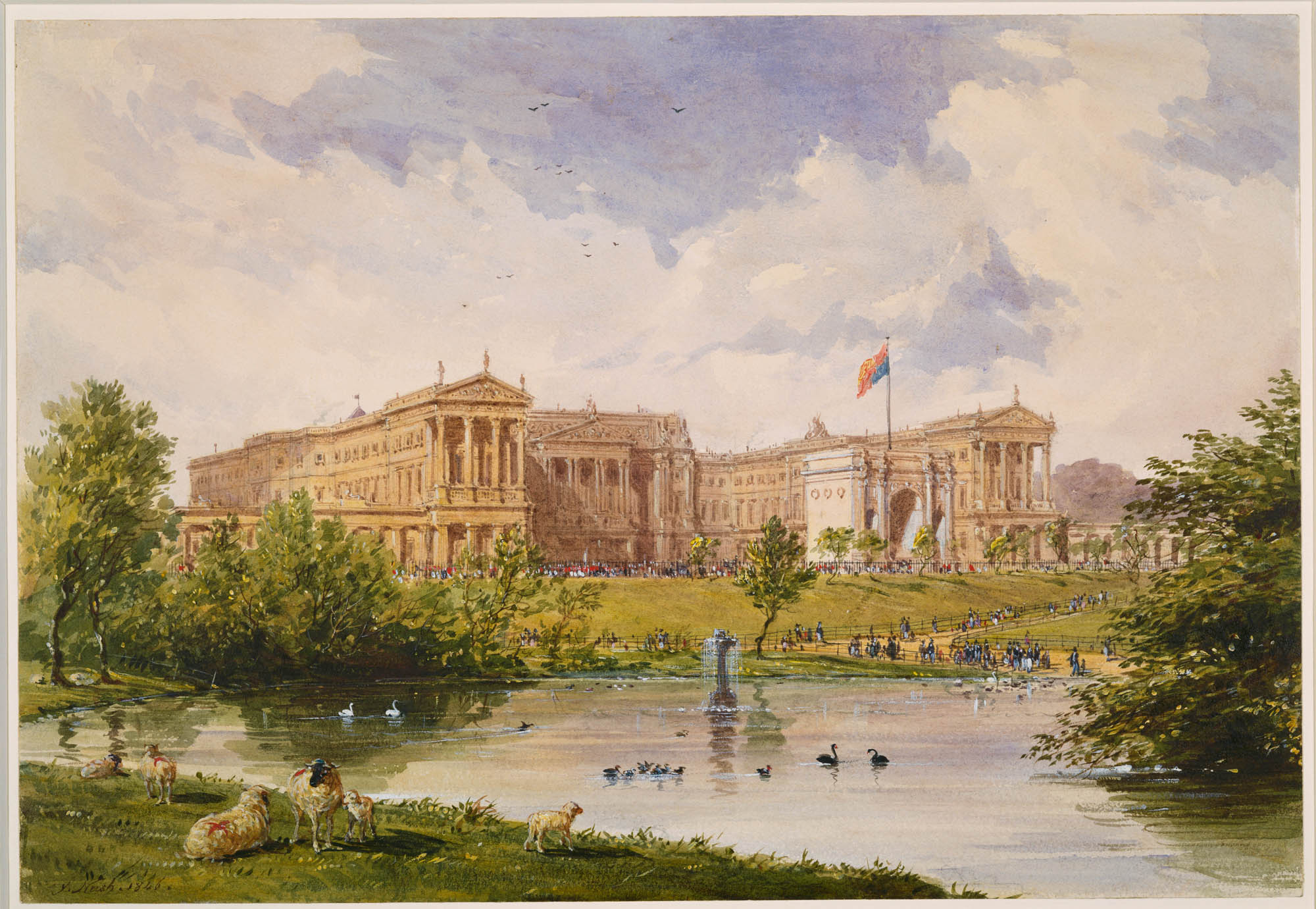
His critics cast doubts over ‘the stability and security’ of ‘the Palace in Pimlico’, questioned his integrity in financial matters and even went as far as suggesting that Nash owed his success to the charms of his second wife and his willingness to share them with the Prince Regent. Although he initially faced off two parliamentary committees (one in 1828 over Buckingham Palace’s spiralling costs, another in 1829 over his financial interest in some of the public projects he had worked on), once George IV died, Nash paid a hefty price.
First sacked from his position in the Office of Works, he then lost his palace commission and was once again hauled in front of a select committee — this time reprimanded for ‘inexcusable irregularity and great negligence’ in his contract and accounts for royal commissions. He died four years later, in May 1835, leaving behind a mountain of debts, his Buckingham Palace reviled (by Thomas Creevey) as ‘a specimen of wicked, vulgar profusion’.
Despite an attempt at rehabilitation by The London Review in 1863, which called Nash the Caesar of London, the Victorians generally vilified him. It’s telling that his first biography, John Summerson’s John Nash. Architect to King George IV, only appeared in 1935: as Arthur Oswald put it when he reviewed the book for Country Life, ‘only in our own time has Nash been raised to a place of respect and honour’. It took even longer for the architect to shed that last ‘touch of absurdity’ that even Oswald believed still clung to his image. Now, however, Nash’s reputation has once again risen from its ashes to fly as high as the winged Victories (sculpted by Bernasconi) in Buckingham Palace’s Throne Room.
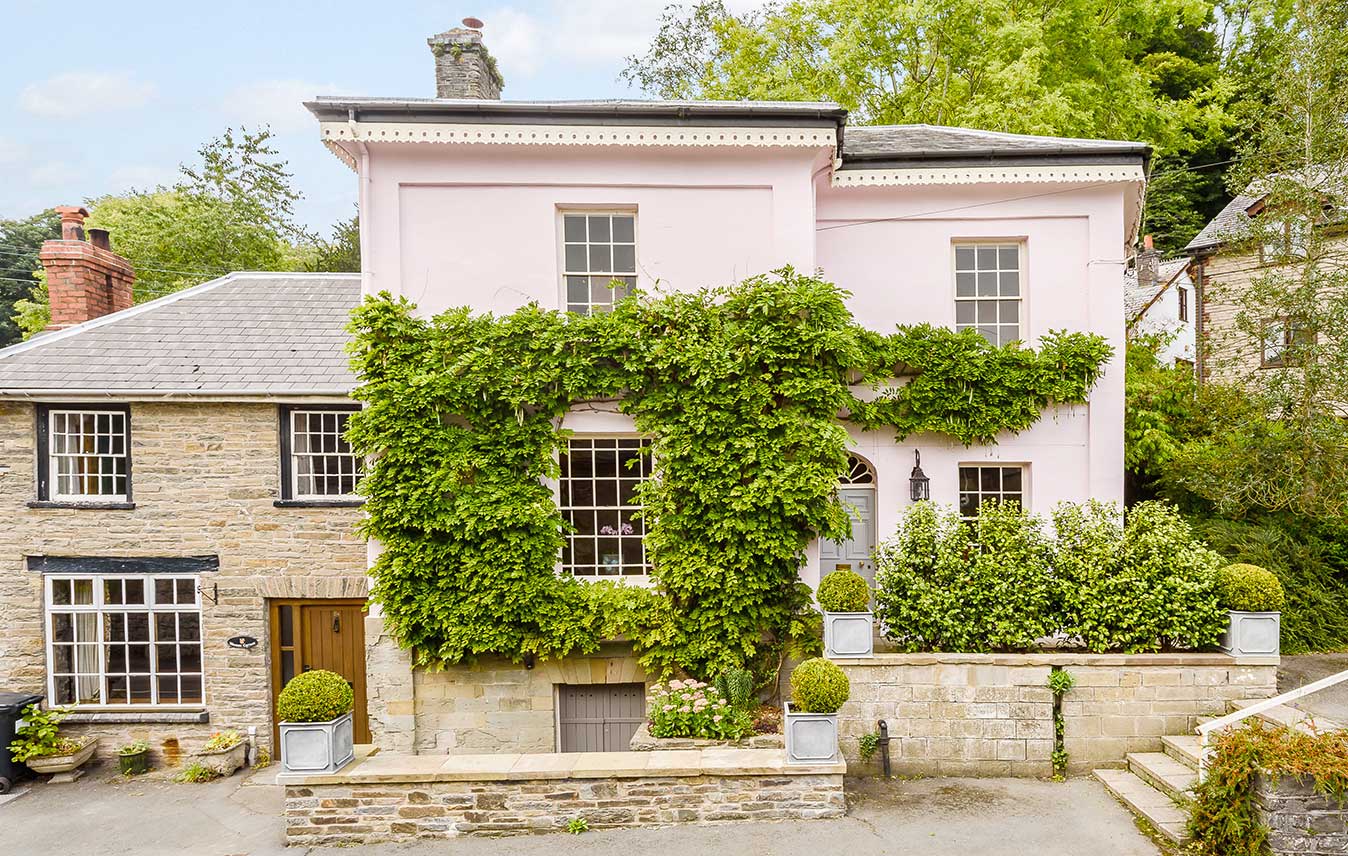
A stunning John Nash-designed house for under £400,000
A few miles from Hay-on-Wye lies this beautiful house at a price that will make urban buyers green with jealousy.
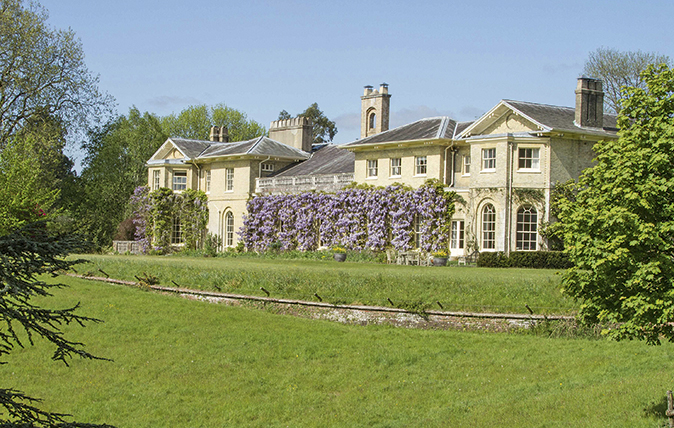
One of John Nash’s least-known country houses comes to the market
Principally designed by John Nash, Warrens at Bramshaw in Hampshire is surrounded by the New Forest.
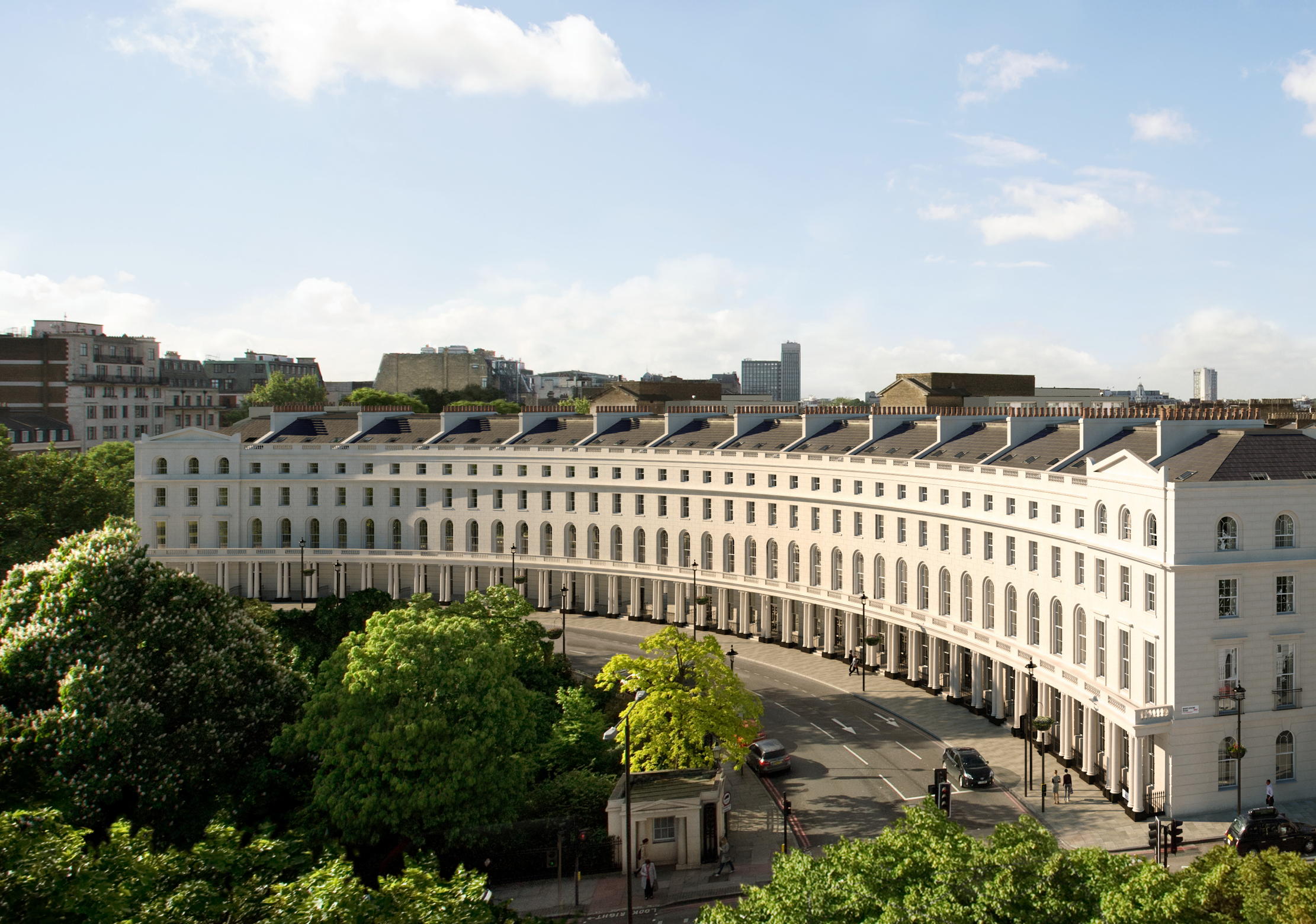
Credit: CIT
Regent's Crescent: The collaboration between George IV and John Nash which became one of London's finest addresses
A rare opportunity for London buyers can be found in the startling reinvention of John Nash’s Regent’s Crescent, finds Holly
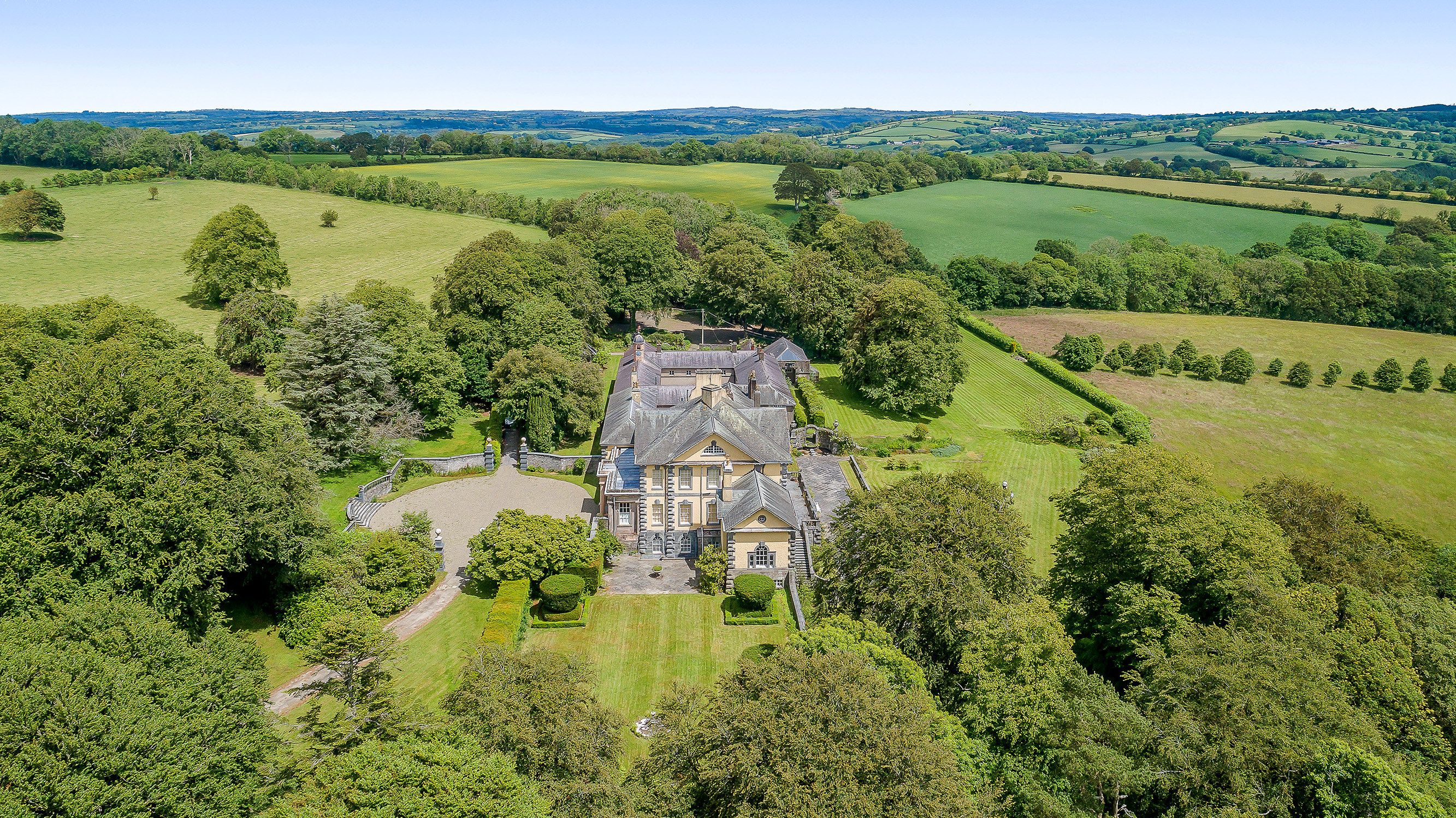
John Nash's Welsh masterpiece for sale, complete with a music room which must be seen to be believed
Ffynone Mansion is arguably the greatest of John Nash's houses in Wales, a striking place with a wealth of original
Carla must be the only Italian that finds the English weather more congenial than her native country’s sunshine. An antique herself, she became Country Life’s Arts & Antiques editor in 2023 having previously covered, as a freelance journalist, heritage, conservation, history and property stories, for which she won a couple of awards. Her musical taste has never evolved past Puccini and she spends most of her time immersed in any century before the 20th.
